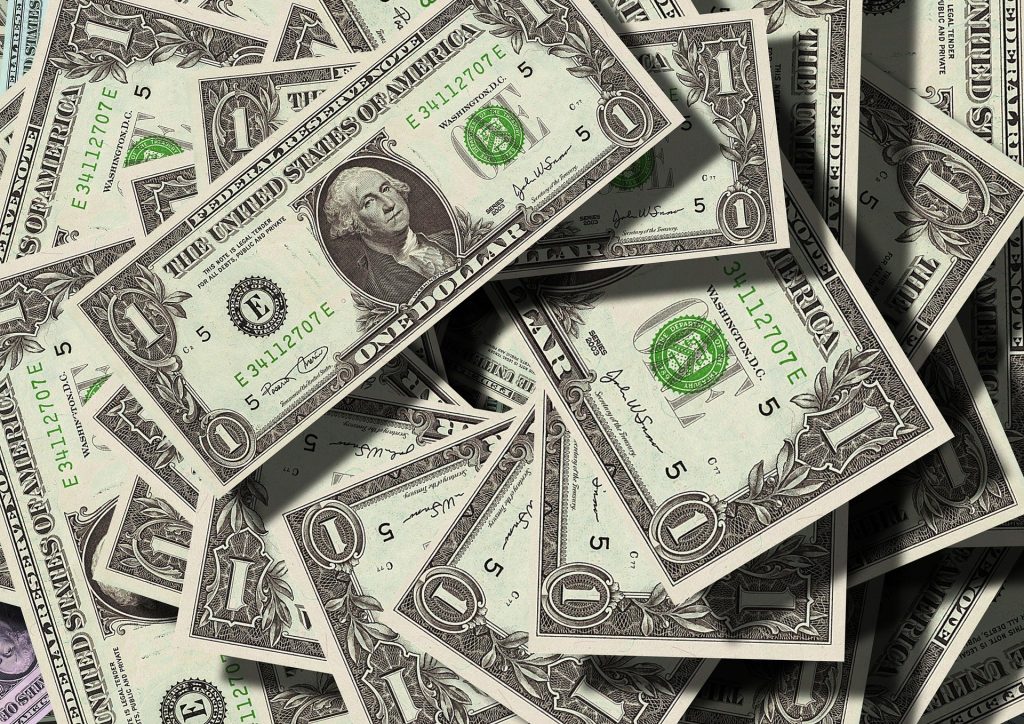Hedge Gold: Why You Should Hedge Gold and Other Precious Metals Against Currencies
Financial trends like inflation, economic downturn and recovery are inevitable. As markets rise and fall, so does the value of the dollar, demand, supply, currency backing and hedges. But how do all of those things account for the ebb and flow of financial health and diversity? And how do you protect yourself when the financial trends flow away from your favor? Where do gold, silver or other precious metals factor in?
How Does It Work?
The dollar has always had a way of digging itself out of economic holes. The stimulus checks distributed during the Covid-19 pandemic, for example, brought millions of Americans out of at least a portion of one cycle of debt, which prompted purchases and payments. However, with more purchasing power comes inflation over time, especially after supply shortages, such as the ones seen amidst the Covid-19 pandemic. In fact, a good number of economists believe that the pandemic’s mark left on the global economy will continue to see increases in inflation until the supply can level itself out to meet the demand of consumers who have regained some, if not most, of their purchasing power.
Many people try to protect themselves against the ebbs of the economy by diversifying their financial portfolio or saving coins for a rainy day. While having savings is imperative, creating a backup (like a hedge) is a great way to ensure that you don’t lose more than you have to during downturns. In fact, if done correctly, you may stand to maintain or gain depending on the type of asset when hedging.
What Exactly Is a Hedge?
Think of a hedge as some form of insurance. When an individual invests in the trading markets or diversifies their financial portfolio, hedges play a significant role in them maintaining their financial health. Hedges are essentially assets that are used against current market players. Let’s use the U.S. dollar, for example.
The United States dollar has seen its fair share of fluctuations, especially as inflation and depreciation. When inflation occurs, because the backing of U.S. currency relies on a more kinetic model involving market activity and other outward influences, the strength or value of the dollar decreases. With the decrease of the dollar’s value comes the risk of losing financial footing and security. This is where hedges come in.
Hedges allow an individual to protect themselves against such fluctuations by giving them something of substantive value to utilize. Gold, for example, finds its path closely linked to the dollar and other reserve currencies.
Why Hedge Gold or Other Precious Metals?
Gold can run parallel to the dollar or take off in opposite directions. When the dollar is strong, gold finds itself at a lesser value, but that doesn’t mean it’s without value. When the dollar is weaker, gold easily takes its footing and surpasses the dollar on most accounts. It simply bides its time for the ebbs and flows of the dollar.
The beauty of hedges such as gold, silver and other precious metals is that they have historically held their value while fiat currencies have methodically tended toward more fluctuations and uncertainty. People prefer to find their comfort in precious metals because they’re tangible and have performed so well over the years. Accompanying that may also come a desire to leave a lineage, be it a literal heirloom or financial stability.
By hedging your financial portfolio or general financial health with assets such as precious metals, you ensure a long-lasting security that can cushion your current financial standing. While the value of gold and its counterparts have ebbs and flows of their own, they hold the security of being closely intertwined with fiat currency. They’re often exchanged within these currencies and carry a significant value of being very expensive when currency is strong and very reliable when it is weak.




